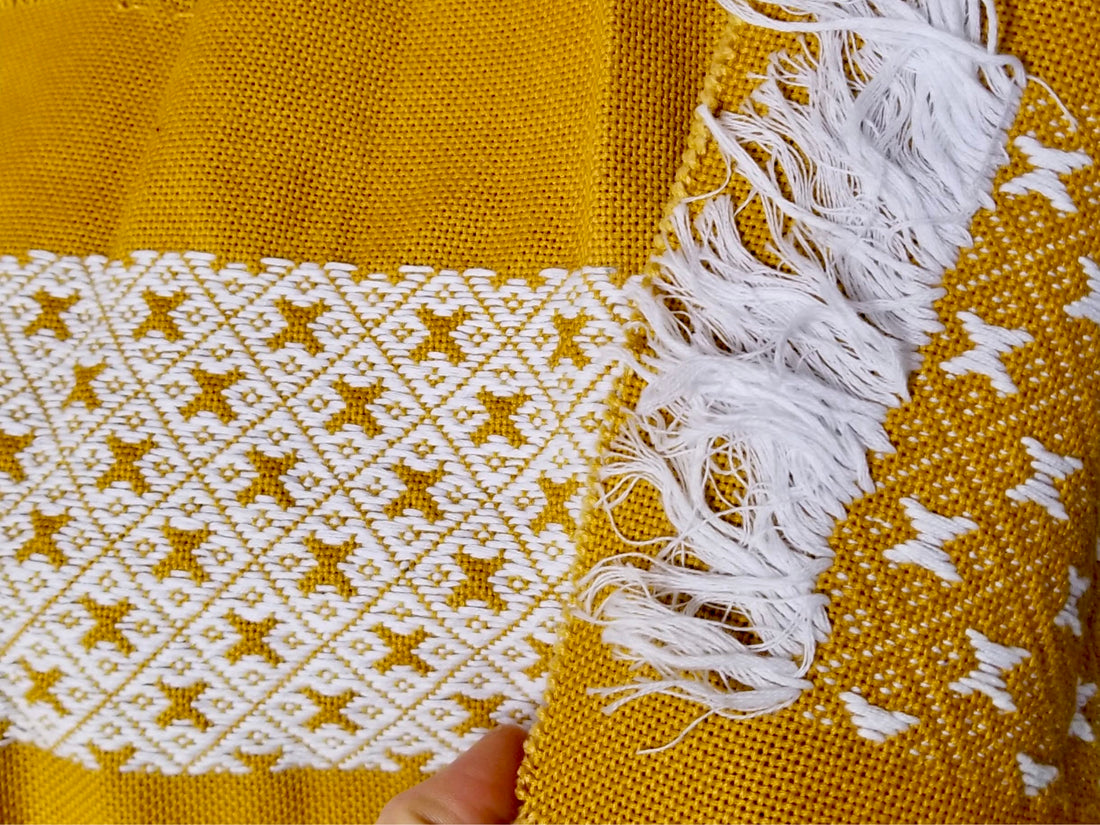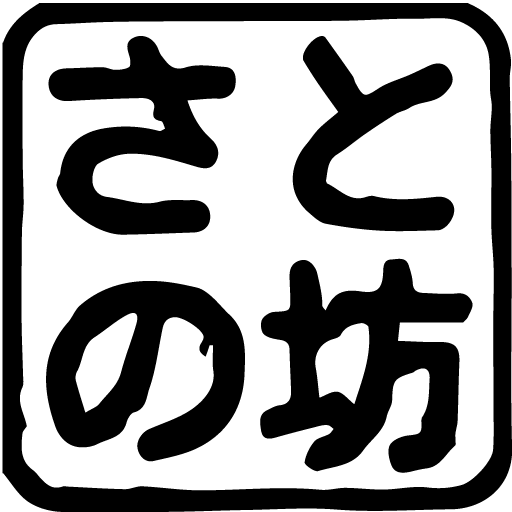
How to dispose of thread for Kogin sashimi (continued)
◆Kogin-zashi thread disposal (continued)
I wrote a blog the other day with the title ``How to dispose of the thread of kogin sashimi, '' and I came across a photo showing the end of the kogin thread that my mother embroidered, so I would like to share it here.
How do you handle this situation? For those who have this question, I'll tell you first, I don't know how to make it. This is because my mother used to have a professional seamstress do the kogin zashi for her. Kogin cloth is thick, so wouldn't it be difficult to make it yourself? That's what I was always told, and I agree. Also, even more than 10 years ago, she said that there were no more people to do tailoring for her , so I wonder if the situation has changed in many ways from when my mother enjoyed kogin-zashi. I thought.

The thread is Olympus, and the cloth is Congress, which I probably bought at a handicraft store in Kuroishi City about 20 years ago.
◆After Kogin and my mother
It seems that Kogin in the middle of this process started as a book cover to give as a present to a friend, and I don't know how many years it took to make it this far, but it has remained that way for at least 15 years. I don't think the condition has changed from when I saw it when I was a university student, but the materials are in good condition with no damage.
My mother is a simple, bright, reliable, and very kind person. As for what happened to this piece, it ended up in the bottom drawer of my craft box, underneath all the other fabrics. (lol) When I asked to borrow a needle because I wanted to try kogin embroidery, she told me that it might be a futon needle, but I could take it with me, but it was probably not a kogin needle. . Although the needle tip was rounded, it was shorter than the commonly sold kogin needles. When I was a beginner and used to insert one stitch at a time, it was easier to insert short needles, so I used that needle all the time until I started practicing needlework.
My mother taught me the importance of enjoying Koginzashi without being tied down by the ingredients. Especially as I start living overseas, I feel that it is important to enjoy using materials that can be procured locally.

I just realized that she doesn't seem to be doing anything to prevent it from fraying, and she doesn't have the slightest nervousness about it.She has a motherly, easy-going style, and I think it's wonderful.
You can have the materials shipped from Japan, but I'm hoping to find materials that can be used for kogin zashi at a craft store in the United States.
▶️Shop (scheduled to be open for a limited time when you return to Japan temporarily next year)
▶️Instagram (We show you the simplicity of Koginzashi through videos etc.)
Satonobou
